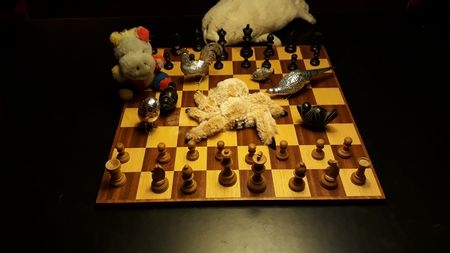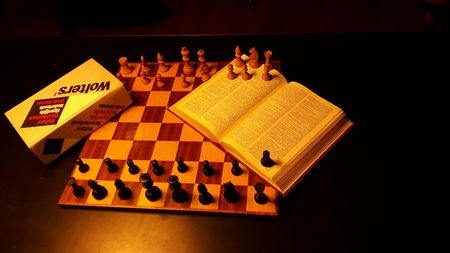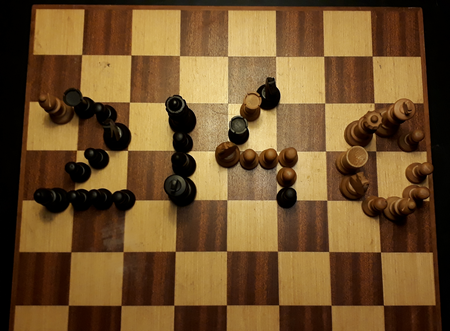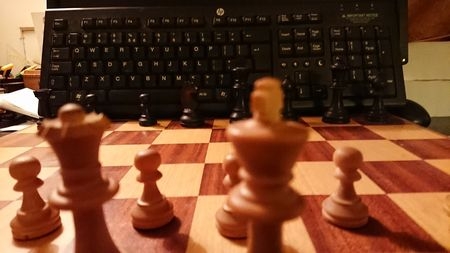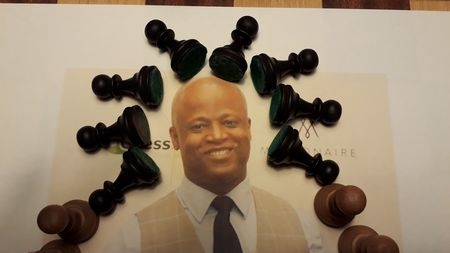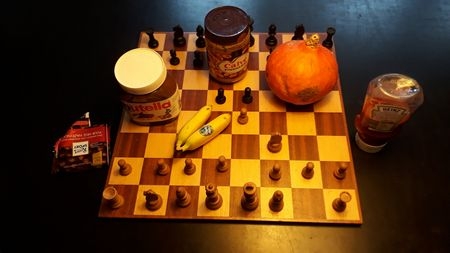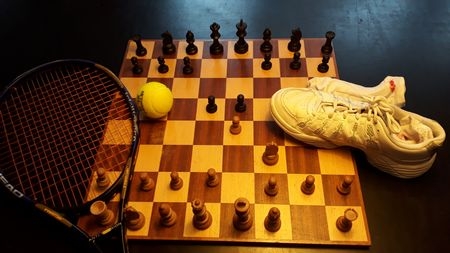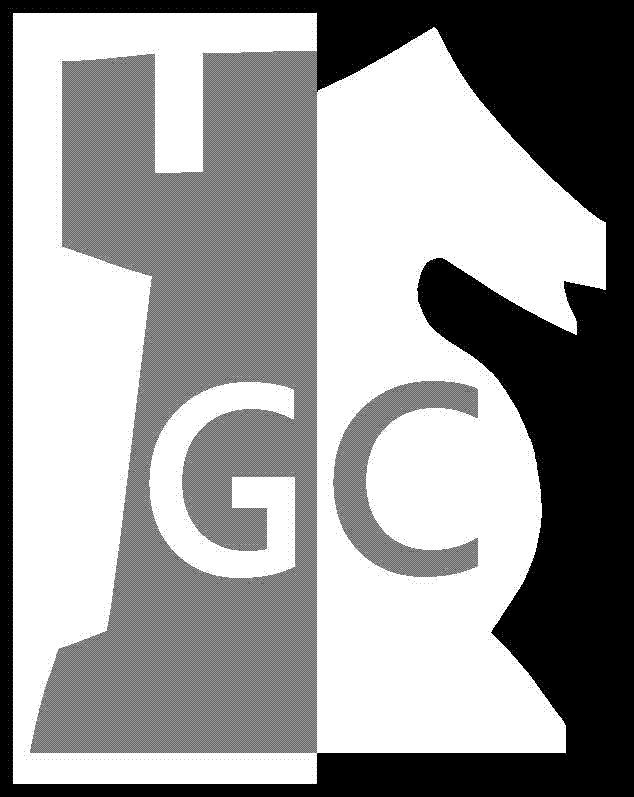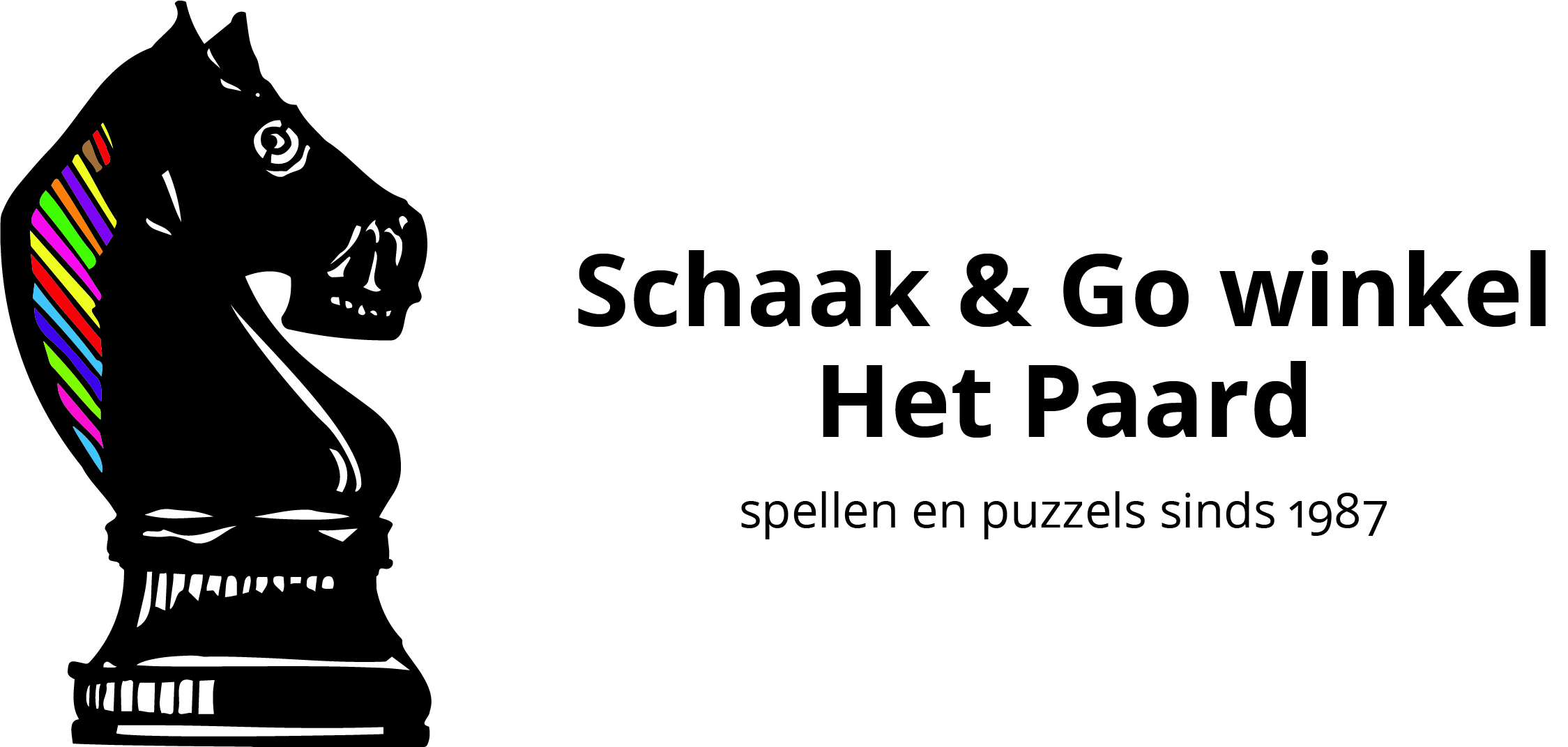We all have dreams. As I am sitting in my living room behind my computer here in Groningen, I take a look outside at the grey, misty sky. I imagine myself at the South coast of Italy. I am in a small hotel where I’m one of the few guests. In the morning I work on my novel. In the afternoon I eat a pasta dish with fresh seafood that the cook prepares just for me. I then take an after-lunch nap and drink some cocktails with the other guests. I do a little more writing and then –in the evening – I eat a pasta dish with a sage/butter sauce, drink a nice glass of local, red wine, and joke a bit with the waiter. In the night time I go for a swim between the rocks of the Mediterranean Sea. The water is still warm from the past summer and I am accompanied by a girl from the local village, who happens to be there too. Once the temperatures in my home country rise again, I go home and meet my family and friends. At that point, my novel has been translated into seventeen languages. After spending the summer in the Netherlands, I return to the hotel in Italy.
_0_o.jpg)
Dreams don’t often come true. Or, as the Belgian writer Willem Elsschot put it in a more literary way: ‘Because in between dream and act / there are hindering laws and practical issues / and even melancholy / that no one can explain and that comes at night / when we all go to sleep.’ The Dutch/Italian philosopher Marco Borsato maybe said it even more powerful: ‘Most dreams are just lies, and when I wake up I’m still dreaming.’
As a chess player my dreams are a bit more modest. I’d like to reach a rating of 2100 and beat an IM once. Achievable? Maybe. But I have a third wish or dream that’s maybe a bit easier to reach. That wish is that during my chess career I’d like to play as many openings that are named after animals. Just a few months ago in Hoogeveen I played the Vulture ( 1. d4 Nf6 2. c4 c5 3. d5 Ne4). Not a particularly great opening, so I lost, but at least I could tick if off my list.
Other animal openings I have already played? The Elephant Gambit, Orang-utan, Black Lion, Hippopotamus, Dragon, Shark, Snake Benoni, Rat, Raptor Attack, Hedgehog, and Whale. I do not count the Four Knights Game as an animal opening (although in some languages the knight is called horse or elephant). Openings that refer to only a part of an animal, e.g. the Monkey’s Bum, are not on the official list of animal chess openings I want to play. The Bird and the Falkbeer are also no pure animal openings as such, because these openings are called after chess playing humans who are called after non-chess playing animals. Moreover, Falkbeer consists of two animals, so it is also disqualified on those grounds. Furthermore, I promise I won’t play the Pterodactyl, because I don’t feel connected to extinct animals.
Nevertheless, there’s still a long list of animal chess openings. It will probably cost me half my life to play them all. The Penguin, Mad Dog Attack, Canard Opening, Fried Fox Variation, Crab Opening, Kangaroo Defence, Clam Variation, Mongoose Variation, Mosquito Gambit, Wild Bull Defence, and Tortoise Opening. Those are just a few of them. You’ve never heard of them? Well, you can look them up.
How do these dreams – reaching 2000 and play as many animal openings as possible – even relate to one another? Not very well, probably. Because let’s be
honest: the advantage of playing surprising, rather obscure openings is mostly of a psychological nature. One says to one’s opponent: ‘I’m unpredictable and wiling to take risks.’ But there’s more. As your opponent dives into the think tank on move three, you can relax and get a cup of coffee. You can walk around, take a look at openings on the other boards and watch how your opponent gets more and more nervous. He will use quite a lot of time, an advantage you can use in the rest of the game. The obvious disadvantage of surprising, obscure openings – with or without animal names – is that they’re often quite bad.
My fascination with the game of chess started at a young age. When I was a little boy I saw the abstract magic of the black and white pieces on the 64 squares (or 100 squares if the checkers side of the board was up). It left quite a lot to the imagination, contrary to most of my other toys. The game was played differently back then: the two armies – who were lead by one and the same general – literally smashed each other off the board with illegal moves only. As I got older I saw my father and uncle play the game. Those two were never quiet in each other’s presence, but somehow they were able to stare at the board and pieces in utter silence. I remember thinking ‘this must be something special’.
A bit later, when I started playing chess seriously, I took out one chess book after another from the public library in Groningen. I didn’t have a chess coach and there was no internet, so I started studying openings. A logical thought, I thought, although every Russian schoolboy apparently starts with studying the endgame. How I chose my openings? If the name sounded nice, I would take out the book. I learned the Budapest Gambit and the Sveshnikov, those were in a way accidental choices back then. It could have been worse, if you consider that most chess books are on openings and libraries have been filled with books on obscure openings like the Albin Countergambit.
I still study openings. The opening is simply the phase of the game that attracts me the most. The opening is a psychological game that involves memory, preparation, and the opponent. The pieces slowly come to life, everything is still possible. The middle game is torture to me, one has to calculate a lot and calculation hurts. And yeah, the endgame. I ‘ve heard about them. And sometimes I see them on other boards, but I myself never reach this stage of the game. An empty board, with lonely-feeling pieces and then one often has to calculate even more than in the middle game. That’s not my definition of fun. Normally when I’m equal or a bit better after the opening, I offer a draw, hope my opponent accepts, and can quickly prepare for the next opening.
Let me guess, you’re a geography-orientated chess player. You are one of those players who plays the Scheveningen, the Leningrad Dutch or the Slav? No? Then at least you are the humans-oriented player who has the Botvinnik, the Sveshnikov or the Petrov in your repertoire? You are, right? I know for sure now, you are one of these types who is afraid to admit that the chess board is a zoo, just like real life. I’s like to offer you some advice for next year next year: get out of your comfort zone and put an animal on the board. It will taste well, I promise you that!
Benno de Jongh
Benno de Jongh writes daily columns during the Chess Festival, published around 3 pm on playing days. De Jongh is a journalist and a chess player, who has never reached the rating of 2000, and probably never will. Despite that fact he is one of the worlds leading experts on the Elephant Gambit and working on a book on the subject, (working title: The Elephant Gambit, A Rare Black Beast with a Proboscis on the Board, publication expected in 2032). De Jongh’s opinions on several chess- and non-chess-related items do not in any way reflect the policy of the organisation of the festival.

